Retention is one of the most important, if not the most important product metric.
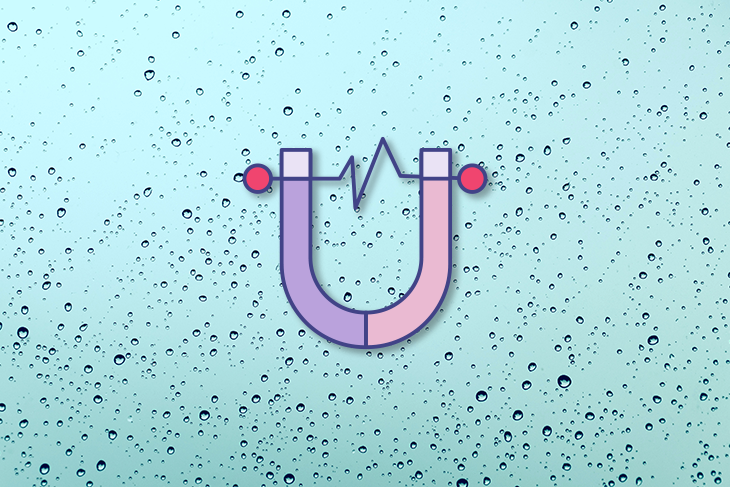
That’s not surprising: high retention leads to higher revenue, lower costs, and better data. In addition, retention is one of the key indicators of product-market fit.
Given how vital retention is, organizations naturally take great pains to increase it. In this guide, we’ll explain why having a high retention rate is so critical. Then, we’ll go over some tips to help you improve retention among your customer base.
Virtually every product could benefit from increasing retention. The benefits of having a high retention rate are countless, but here are a few to paint a picture:
This is not a comprehensive list, but it should be enough to stress why retention is so vital.
To calculate retention rate, start by determining a time frame. This could be anywhere from 30 days to a year — the key is to pick a time frame relevant to your evaluation.
Then, take the following steps to calculate your user retention rate:
The formula to calculate customer retention rate is as follows:
((CE–CA)/CS)*100
In the formula above, CE represents customers at the end of the period; CA represents customers acquired during the period; and CS represents customers at the start of the period.
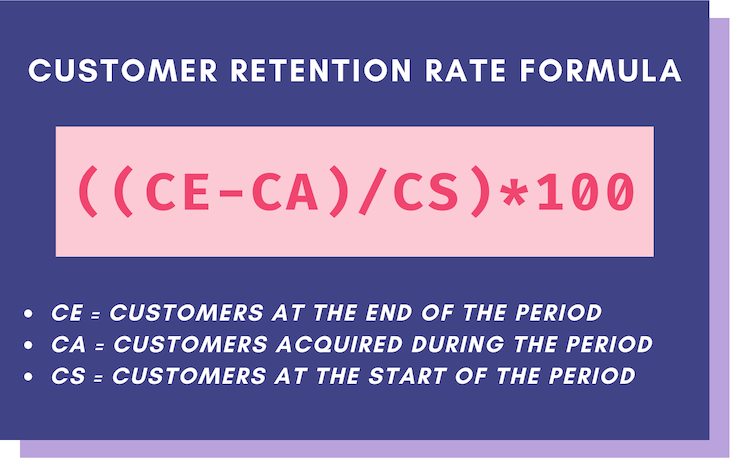
There are multiple ways to improve retention rates. I like to view it through the lens of the user journey.
In the simplest distillation of the user journey, users:

To increase your retention rate, you should endeavor to do the following:
Let’s examine what we can do at each step of this journey to maximize retention.
Onboarding is one of the most crucial flows in your product. After all, it’s the only flow every user goes through.

The most common sign of poor onboarding is annoyed users that press “skip” all the time.
A good onboarding process, on the other hand, engages users, walks them through aha moments, and helps them discover how the product can enhance their lives.
When users open an app for the first time, that’s the moment at which they are most interested in discovering what’s in it for them. Do all you can to activate users on their first encounter. It only gets harder over time.
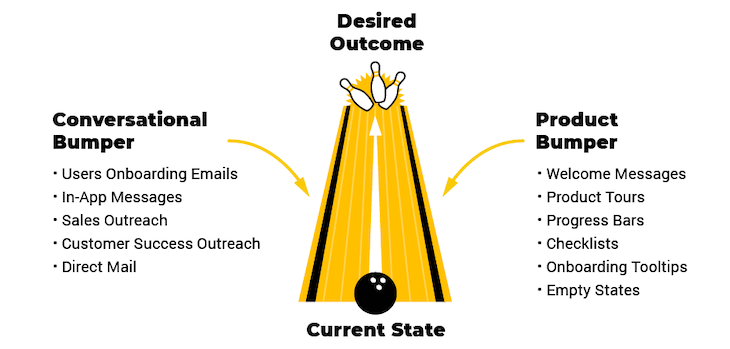
Some tactics to improve onboarding include:
Don’t just go for a boring “we have created your account” type of email. Use this space to reinforce your value proposition, explain the product’s benefits, and encourage users to take another action. Start leading them through your aha moments.
Although most people don’t read these emails, getting some bonus points with those that actually read them is worth the effort.
At some point, you should know what it takes to activate a user. For Twitter, it might be following 15 people. For Zapier, it might be creating your first automation.
Make sure users go through the steps that allow them to discover the value of your product ASAP. Checklists are an excellent way to do so, especially incentivized ones.
For example, Notion gives you spendable credits just for doing onboarding steps. This increases the chance that users will complete onboarding, which then increases the chance that people will fall in love with the product.
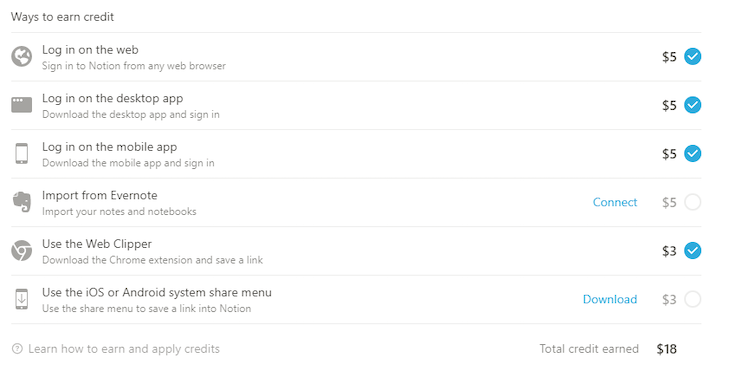
Tooltips can help your users discover the product quickly. It’s especially handy for complex products that are hard to understand at first glance.
These are not only great for onboarding brand new users — they can also be used to introduce new features and changes to the app.
The key is to avoid confusion. If a user gets stuck and doesn’t know what to do next or what all those buttons mean, there’s a high chance they’ll drop out. People hate getting stuck:
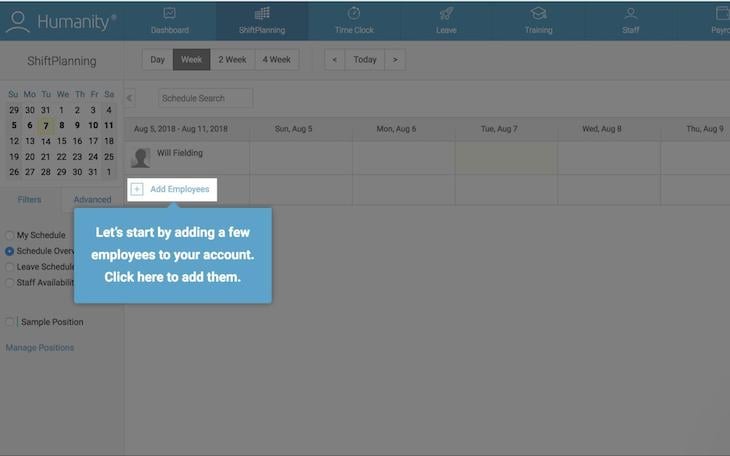
The fundamental factor of a good retention rate is your value proposition. After all, if your product isn’t valuable enough for your users, you won’t keep them, no matter what retention tactics you use:

First, you need a clear understanding of who your users are. It might seem obvious, but it’s often the case that we create a product to capture a particular type of user, but in the end, it turns out to attract a completely different persona with different expectations. We must notice that in time.
As Dan Olsen put it in The Lean Product Playbook:
“Your product is the bait that you put out there, and the fish that you catch is your target customer. Sometimes you catch the type of fish you were going after, and sometimes you catch a different type of fish. You can develop hypotheses about your target market, but you won’t truly know who your customers are until you throw your hook into the water and see what kind of fish bite. Once you have a product or a prototype to show customers, then you can gain clarity about the target market you’re attracting.”
So, are the people using your product the same group you expected when you started? Or are they different types of fish?
Understanding who exactly you want to retain is key to increasing retention. You won’t be able to retain everyone who tries your product, nor should you. It’s all about understanding your target customers and focusing on them. Ignore the noise.
Once you validate who your actual customers are, you need to understand what pain points they experience and what wishes they have. Your product creates value by either solving user pain points (painkillers) or fulfilling their wishes (vitamins):
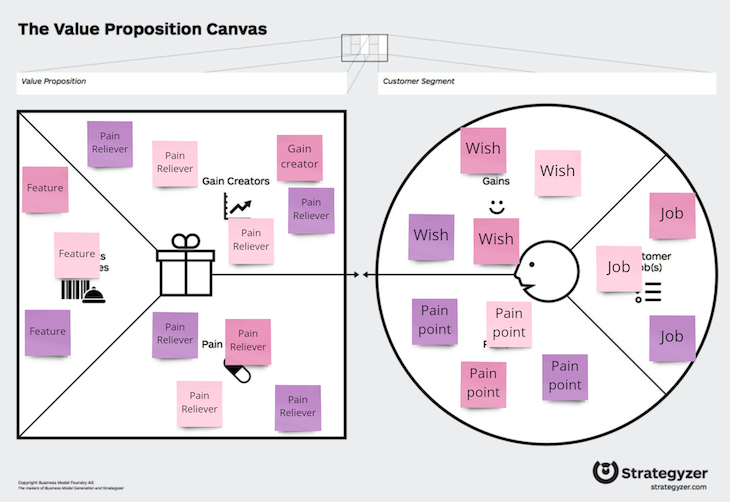
You increase product value in two ways:
If your product solves only one pain point or wish, there’s a risk of churn if your users find a different way to cater to their needs or if their expectations change.
On the other hand, if the product tackles multiple pain points, there’s a chance that users will stick to your product even if some of these pain points change.
More doesn’t always equal better, though.
The more pain points/wishes you try to cater to, the more diluted the value proposition becomes. As tempting as super apps are, users are often confused about the purpose of such an app, and it is also harder to provide a great user experience if you try to do too many things at once.
Sometimes the key to keeping users is to be the best in the world at one or two things, rather than trying to do everything – thus being easily replaceable by more focused, specialized apps.
Eventually, a user will want to stop using your product. It’s not all settled yet, though:

You still have a chance to change their mind, so take it. Keeping a user even for an additional month or two gives you more time to convince them of your value and get them hooked. Time works for you.
Here are some actions you can take to attempt to win back users who may be ready to stop using your product:
Sometimes people don’t want to give up a product altogether; they just need a break.
There are many reasons for that. For example, they might not need your product for the next month or two, or perhaps they’re experiencing temporary financial problems.
The situation creates a risk, though; getting back to using your product — especially if it’s a paid subscription — is a form of friction that requires conscious action. It’s easy to procrastinate on that, and in the long run, it might lead to users getting unhooked and even forgetting about the product altogether.
Giving your users the ability to pause their subscription removes that friction, thus decreasing the chance of a permanent churn.
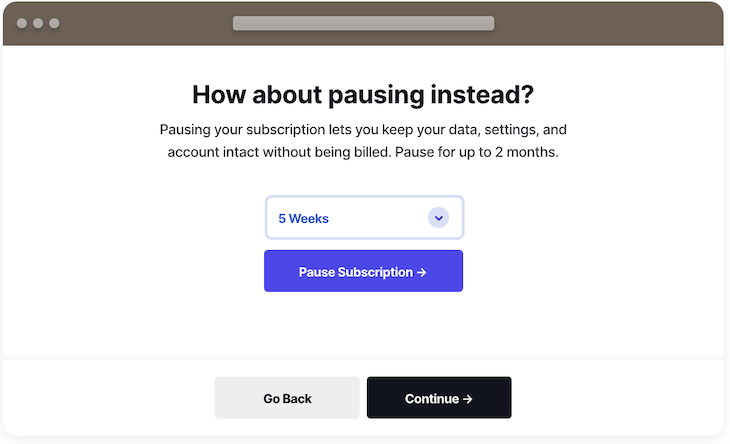
People often give up products when they no longer see value in them.
While it might be the case that the product no longer provides value for that particular user, it’s often the case that people forget about the value the product provides.
Do your best to clearly show your users what value they’re giving up. Ideally, you want to show them how they benefited from the product up to this point (e.g., estimated time saved, etc.). If they haven’t used all product features, nudge them to try them out.

If nothing works, then try bribery.
Although offering some sort of boost or gift for people who try to leave isn’t a long-term solution for churn problems, it might give you a second chance with a given user.
Here’s a personal anecdote: I tried to quit using Audible 3–4 times, but each time they convinced me to stay with some incentive. Now, I no longer try to leave — I’m thoroughly hooked.
Once again, time works for you.

Retention is one of those metrics that has incredibly high leverage. Improving it by a mere 1 percent can start a snowball effect that can make a billion-dollar difference.
The heart of retention is delivering the right value to the right users. Without nailing it first, all other tricks or tactics will be useless.
Once you nail the value part, it’s all about helping users discover that value (onboarding) and buying yourself as much time as possible (catching users before they leave) for them to get hooked on the product.
Featured image source: IconScout

LogRocket identifies friction points in the user experience so you can make informed decisions about product and design changes that must happen to hit your goals.
With LogRocket, you can understand the scope of the issues affecting your product and prioritize the changes that need to be made. LogRocket simplifies workflows by allowing Engineering, Product, UX, and Design teams to work from the same data as you, eliminating any confusion about what needs to be done.
Get your teams on the same page — try LogRocket today.

Most teams fail at autonomy. Learn how clear rules help product teams move faster without micromanagement.

A practical framework for PMs to use AI in ideation without sacrificing judgment, strategy, or decision quality.

A practical five minute revenue estimation method to help product managers compare ideas, drop low impact features, and prioritize smarter.

A practical guide for PMs who want to stop being bottlenecks, delegate smarter, and lead teams effectively with a clear ownership framework.